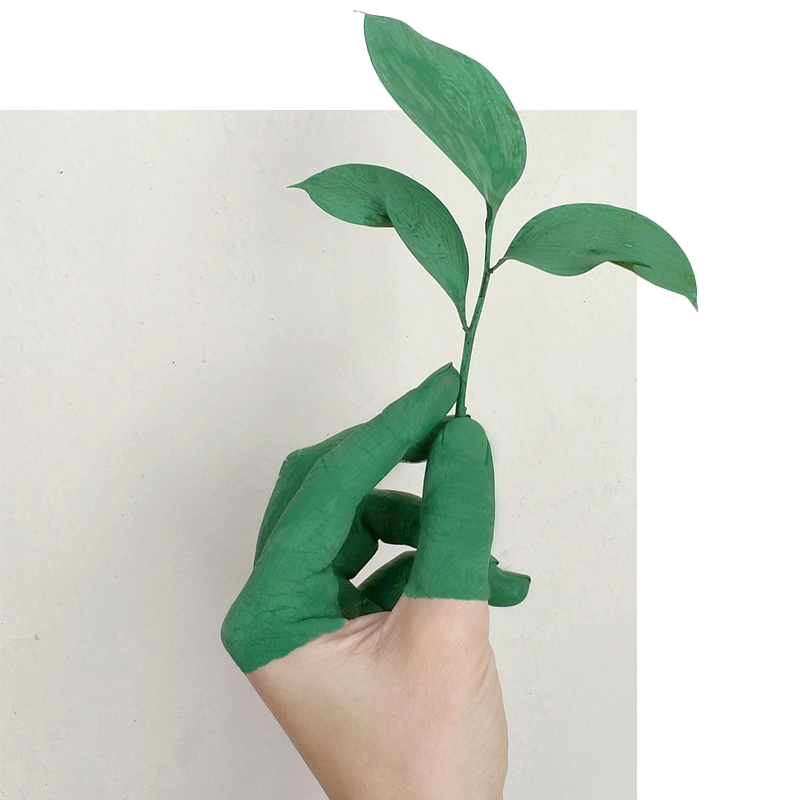Our vision
We are convinced that offering alternatives to insecticides and pesticides is important for:
Support for the agricultural world
by creating effective and environmentally and human-friendly products designed for professional agriculture
Preventing infestations
monitoring alien species and designing pest-specific attractants and repellents
Offering safe
products by making non-toxic but professionally effective products for the consumer market

Our commitmet to the environment The Green Factory
For us, commitment to the environment and sustainability means:
- A 10% drop in manufacturing waste for consumer products in the last year
- Fully recyclable packaging
- Use of FSC® board
- Solvent-free products
Our principles values
- For more than 30 years, we have been designing and making effective products that are environmentally sustainable, combining professional experience with state-of-the-art manufacturing facilities.
- We offer pheromone- and attractant-based alternatives to promptly respond to the needs of the agricultural, professional and domestic markets without the use of pesticides.
- Our focus on the environment also embraces product safety, while maintaining proven professional effectiveness.
- At GEA we concentrate on products specifically designed for the control of each pest. Our products will not affect secondary targets and minimise environmental impact.